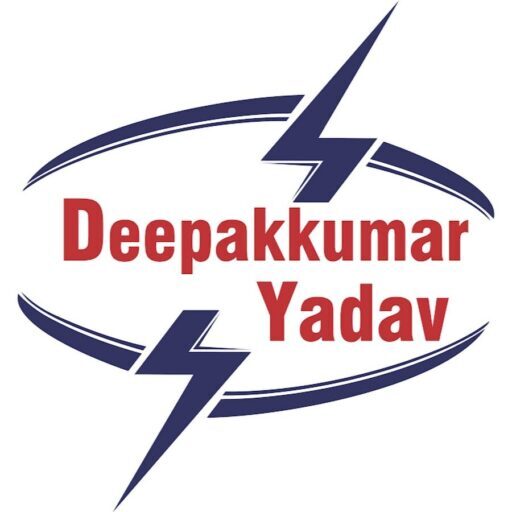Wound Rotor Induction Generator (WRIG) in Wind Power Plant
It is also a constant speed generator.
Main Components of Wound Rotor Induction Generator (WRIG) in Wind Power Plant
- Blades turbine rotor unit
- Gear box
- Wound rotor induction generator
- Variable resistance
- Reactive power compensating capacitor bank
- 3-phase transformer
- To grid system tower.
- Wind energy rotates the rotor of turbine. The gear box of wound rotor induction generator rotates and produces electrical energy. The voltage is stepped by 3 phase transformer and electrical energy is transmitted to grid by high tension 3 phase AC lines on tower supported structure.
- For controlling the slip (or speed of generator), a 3-phase star-connected resistance unit is connected to the rotor circuit.
- Voltage is induced in the stator winding and therefore 3-phase power directly goes to the grid circuit through step-up 3-phase transformer.
- Fluctuations in torque and power are controlled by variable slip feature.
Advantages and Disadvantages of this type :
Advantages of Wound Rotor Induction Generator (WRIG) in Wind Power Plant :
- As seen in the sketch there is no need of slip-rings.
- Mechanical stress is reduced.
- Reliable system.
- Very simple.
Disadvantages of Wound Rotor Induction Generator (WRIG) in Wind Power Plant :
- It has limited speed range.
- Poor control of active and reactive power.
- Slip power dissipated as losses.
- Efficiency is not much.
The above two generators were constant speed type.
Now let us discuss about variable speed generators.

